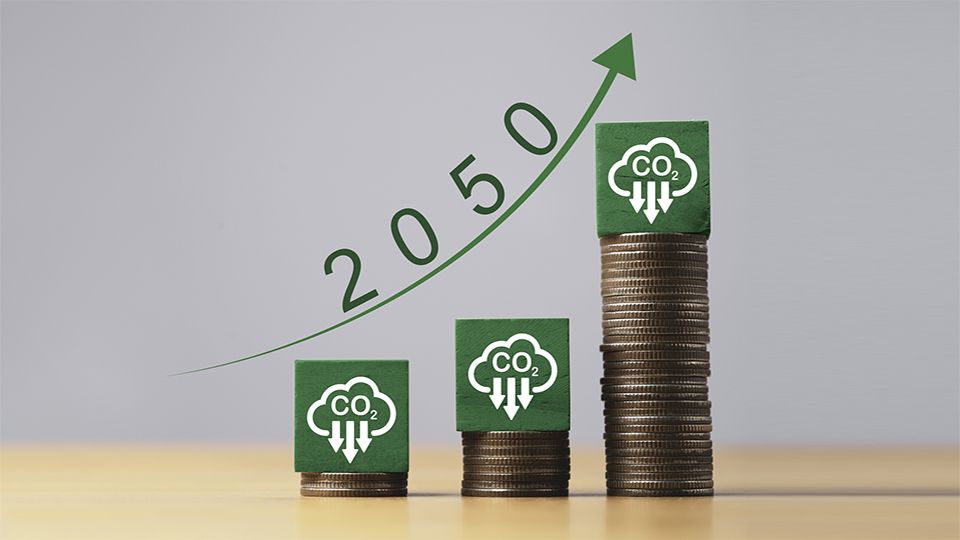Measures put in place to restore confidence in carbon credit markets could help push prices to $238 per ton, building a market value of over $1.1trn by 2050, according to BloombergNEF’s (BNEF) Long-Term Carbon Offsets Outlook 2024 report.
Ongoing scrutiny and reputational issues led to 2023 being a challenging year for the voluntary carbon market, and 2024 looks set to be a crucial year in determining its future. If confidence in the carbon credits can be restored, the report suggested companies could purchase billions in carbon credits annually. However, failure could result in the collapse of the broader market.
Kyle Harrison, head of sustainability research at BNEF and the lead author of the report, said: “There is no shortage of governments and investors that are eager to monetise emission reductions through carbon credits and channel financing towards projects. But if buyers can’t trust the quality of the credits they’re buying and risk greenwashing accusations, then the market will never reach its potential. Credits will never be more than discretionary spend in this case.”
Currently, initiatives such as the Integrity Council for Voluntary Carbon Markets, coupled with new guidance from regulators like the US Commodities Futures Trading Commission, are all focused on strengthening trust in carbon credits. According to the BNEF report, the success of these groups could ensure carbon credits become a critical part of corporate decarbonisation strategies regardless of their prices, known as inelastic demand, leading companies to potentially purchase up to 1.4 billion credits annually in 2030 and 5.9 billion in 2050.
The success of these initiatives could alternatively lead to carbon credits being viewed as a viable substitute for other forms of abatement, determined purely by cost. This least-cost decarbonisation approach could catalyse the purchase of up to 1.6 billion credits in 2030 and 5.1 billion in 2050.
Future structure of the market
The report also details three scenarios for future carbon offset prices, dependent on what the future structure of the market and demand look like. In BNEF’s ‘High-quality’ scenario, integrity issues in the offset market are resolved and offset demand is inelastic. Under the ‘Voluntary’ market scenario, these integrity issues are not resolved and company demand is elastic. In BNEF’s ‘Removal’ scenario, companies can only buy carbon removals and credits are interchangeable with other forms of abatement, meaning companies take a least-cost decarbonisation approach.
“The lack of progress at COP28 on Article 6 has been a wake-up call to the importance of the voluntary carbon market,” added Harrison.
“The private sector has been hard at work to position carbon credits as a complement to a suite of other decarbonisation options, including the compliance market. Their success may just be the difference between the private sector achieving or not achieving its net-zero goals.”








